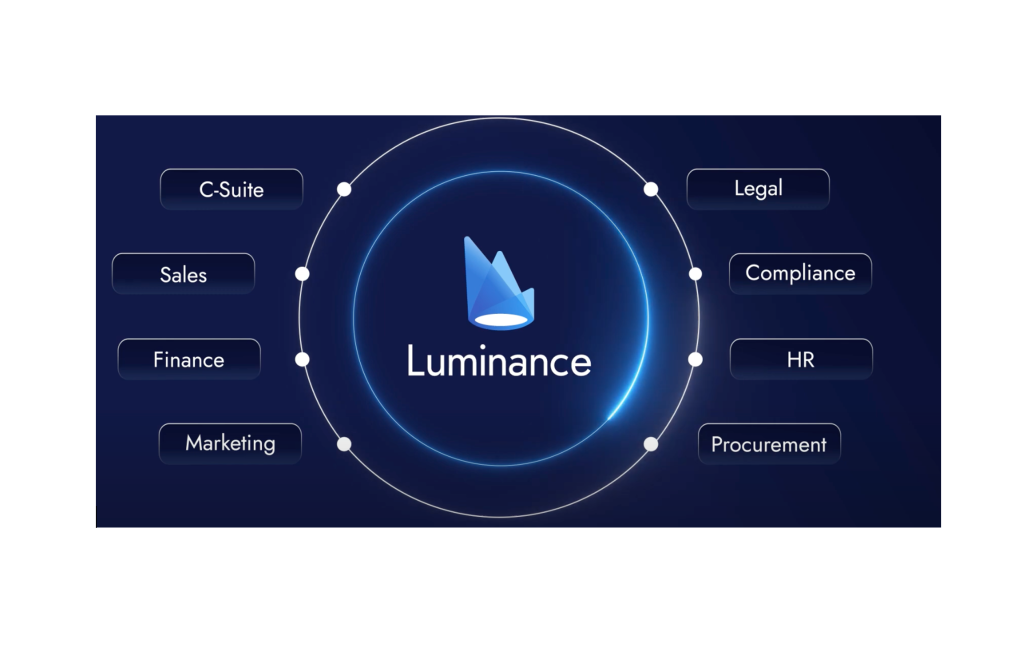
Luminance has launched a Compliance module. It’s the latest in a series of new product features they’ve developed, such as most recently also launching a capability to analyse tariff risks in contracts.
The new module will examine ‘internal policies and external sources such as regulations or sanction lists’ and that ‘allows organisations to identify and address risk earlier in the contracting process and to ensure compliance throughout a relationship’, the UK-based company said.
How does it work? This is how they explain it:
‘Compliance checks now begin the moment a document is received.
When Luminance sees a third-party agreement, it automatically identifies the relevant workflow and its agentic AI runs a series of tailored checks, aligned with the business’s specific obligations and risk profile. For example, if a contract falls under the scope of DORA in the EU or CCPA in California, Luminance flags any areas of non-compliance, such as insufficient auditing rights, so they can be resolved immediately.
Any failed checks are automatically investigated and escalated to the compliance team, who receive a notification and a prioritized to-do list.
From there, they can view exactly what caused the issue, what needs to be amended, and apply AI-generated mark-up and suggestions to bring the agreement into line.
Luminance [also] provides compliance teams with a fully configurable dashboard showing real-time exposure across all active contracts.’
Here’s a short video they provided.
Eleanor Lightbody, CEO of Luminance, concluded: ‘With this launch, we’re turning [contract] intelligence into action, giving compliance teams the tools they need to identify risk earlier, respond to change faster, and work more strategically across the business.’
P.S. there is also the now obligatory mention that they are using agentic AI….but, also as usual with such mentions there is no explanation of how any of this is actually agentic, as opposed to a bunch of rules-based commands linked to an LLM. I.e. is the ‘agent’ planning its actions on its own and then learning from mistakes, as well as tapping into a range of orchestrated tools and databases to complete its specific tasks – and most likely with a human in the loop quality checker as a corrective part of the agentic flow? Maybe there is, maybe there is not. We don’t know. But hey…why worry about that when you can just say something is agentic..?
P.P.S. Note to all legal AI marketing teams: if you mention ‘agentic AI’, can you please just give at least one line as to why it’s actually agentic? Thanks.
—
Legal Innovators Conferences in New York and London – Both In November ’25
If you’d like to stay ahead of the legal AI curve….then come along to Legal Innovators New York, Nov 19 + 20, where the brightest minds will be sharing their insights on where we are now and where we are heading.

And also, Legal Innovators UK – Nov 4 + 5 + 6

Both events, as always, are organised by the awesome Cosmonauts team!
Please get in contact with them if you’d like to take part.
Discover more from Artificial Lawyer
Subscribe to get the latest posts sent to your email.

